We test and review fitness products based on an independent, multi-point methodology. If you use our links to purchase something, we may earn a commission. Read our disclosures.
While there are multiple benefits of general heat therapy, including improved muscle recovery, circulation, and cardiovascular health—there is still limited research on the specific benefits of steam rooms versus traditional dry heat.
For that reason, we’re going to tackle what we do know about steam rooms (which are potentially different from traditional Scandinavian saunas and infrared sauna benefits).
It’s also less common that you folks at home will be installing a steam room as a home gym essential due to the high humidity and potential for water damage or mold. But, if you’re interested in learning more about steam room benefits, we’ve got you covered!
Medical disclaimer: This article is intended for educational and informational purposes only. It is not intended as a substitute for medical advice. For health advice, contact a licensed healthcare provider.
What is a Steam Room?
A steam room is similar to a Scandinavian or Nordic sauna because it’s an enclosed area or structure that produces heat upwards of 100 degrees Fahrenheit. Steam rooms differ from traditional saunas because of the humidity.
Traditional saunas offer sauna bathers a dry heat from either a wood stove or electric heating element, which heats the air and typically a pile of hot rocks. This type of heat doesn’t create much humidity (usually around 10 to 20%) other than when you pour water over the hot rocks.
A steam room is different because it’s usually plumbed into a building’s water system and vents steam directly into the enclosure. The humidity levels are much higher in this case because a heating system is actively creating steam.
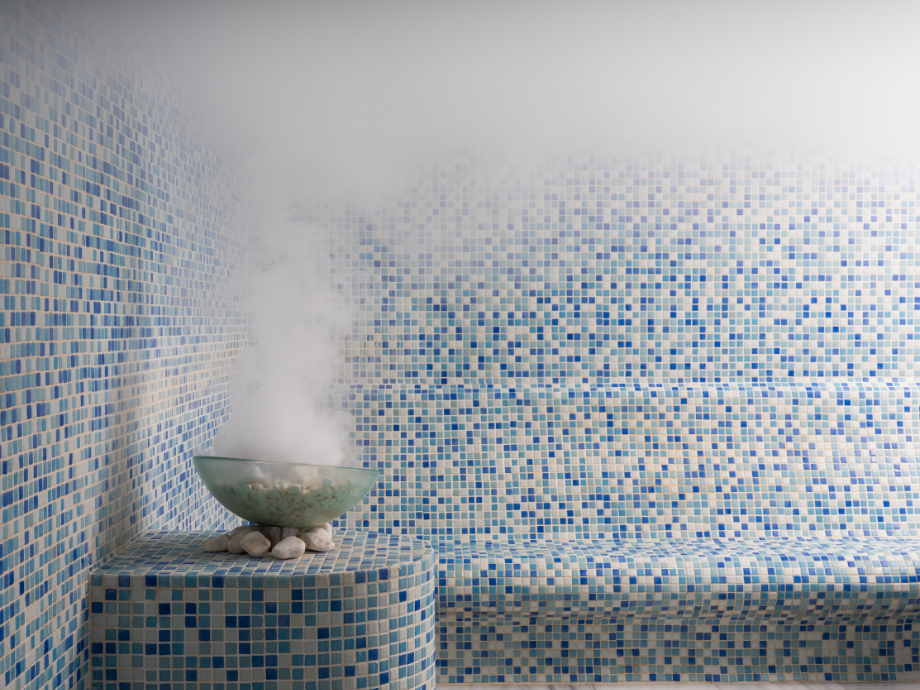
This type of moist heat doesn’t require high heat like a traditional dry sauna, which ranges from 160 to 200 degrees. Steam rooms range from 100 to 120 degrees, with nearly 100% humidity.
And if you’ve ever heard the saying, “It’s not the heat, it’s the humidity!” in reaction to a damp, humid, and sticky environment—you know the humidity is enough to get you sweating regardless of how hot it is.
Before we get into the health benefits, it’s worth noting you’ll still need to hydrate during a steam room session even while surrounded by moist, hot air.
RELATED: Best Electrolyte Powder
Potential Health Benefits of Steam Rooms
While traditional dry saunas have a long history in Nordic countries like Finland, steam rooms date back to ancient Greek and Roman civilizations.
You may even know there are still glimpses of these ancient practices in our modern cultures with Turkish baths and public bathhouses (albeit pretty few and far between). While steam rooms may provide similar health benefits to those of a traditional sauna, we’re going to explore some of the main benefits of steam rooms and see how they compare to sauna use.
RELATED: Ice Bath Benefits
May Help Improve Cardiovascular Health
Overall heart health and cardiac function is one potential benefit from sauna use. Essentially as the temperature of the room rises, so does your heart rate and your body temperature. When your heart rate increases, it’s kind of like doing exercise for your heart, which is made up of muscle tissue1, just like the rest of your body.
RELATED: Understanding Your Target Heart Rate
In a 2021 control trial published by Advances in Integrative Medicine2, researchers found evidence to suggest that steam bathing can potentially improve cardiovascular function by reducing blood pressure. Researchers noticed that participant’s heart rate and blood pressure rose during the steam room session but decreased quickly to recovery and baseline after the steam bath, more so than the control group.
It’s also worth noting that this trial was done on healthy subjects, not folks with heart disease, high blood pressure, or chronic illness.
The study indicates that more research around steam bathing and cardiovascular function is needed for researchers to jump on treating heart and medical conditions with sauna sessions.
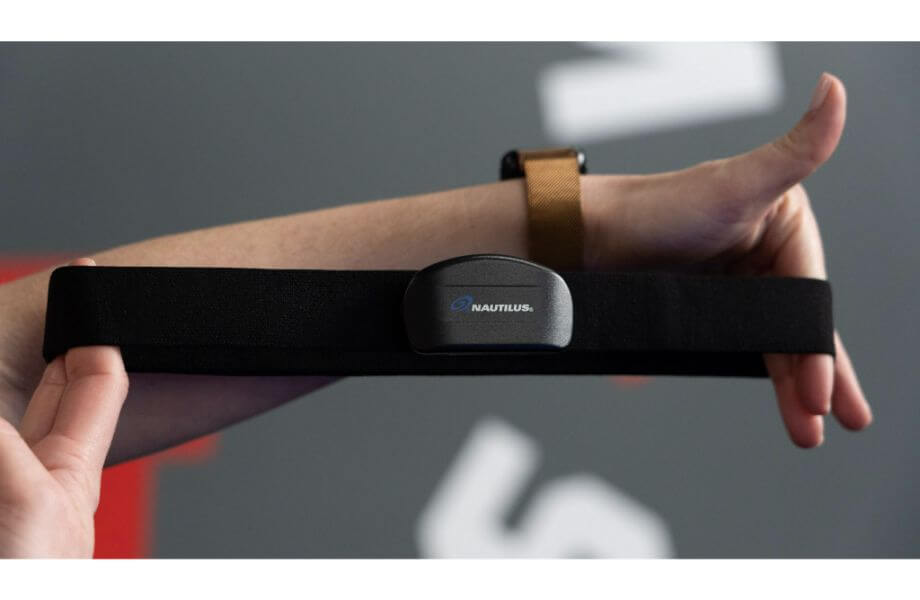
One of our GGR expert panelists, Michael Massi, doctor of physical therapy (DPT) and strength coach, notes that saunas and steam rooms provide many of the same benefits and “outcomes that have been very well established as adaptations to physical activity.
“So, in my line of work as a strength coach and physical therapist, I know I can achieve this with movement and exercise prescription,” Michael adds.
RELATED: Does Cardio Lower Blood Pressure?
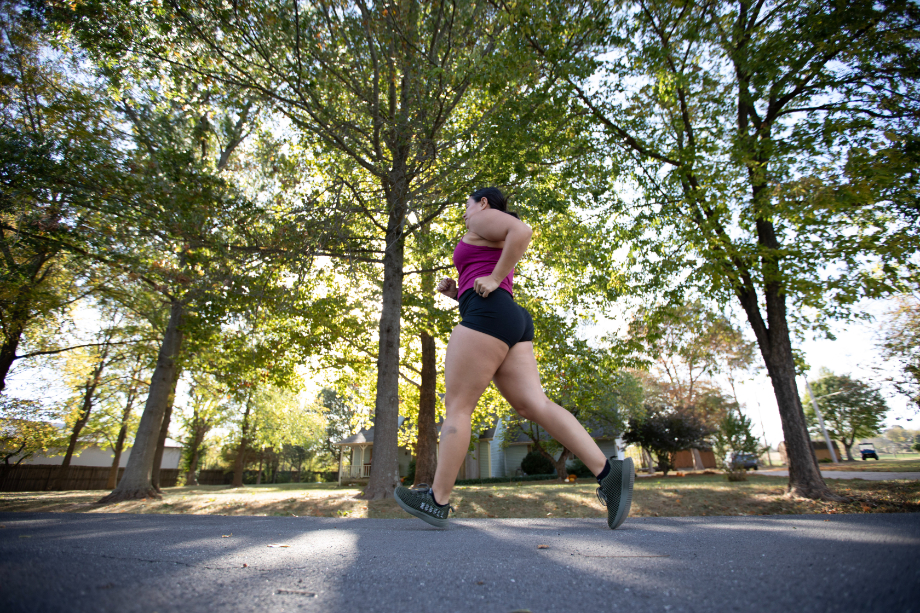
On the other hand, one study3 found that dry saunas and frequent sauna bathing is associated with a reduced risk of sudden cardiac death, fatal coronary heart disease, and fatal cardiovascular disease.
The same study also notes that the results cannot be directly applied to steam rooms, hot tubs, and other types of saunas, which may operate at lower temperatures than a typical Finnish sauna.
May Help Improve Circulation and Blood Flow
Any type of heat therapy (sauna bathing, hot compress, or steam room) makes your blood vessels expand and increases blood flow specifically to your skin. In fact, a Mayo Clinic3 review states that sauna sessions increase your overall body temperature, which results in more efficient skin blood flow while decreasing blood flow to your internal organs.

Blood flow can also increase with steam room sessions, even if the temperatures are typically lower. A 2012 study4 found that a combination of massage and moist heat improved blood flow and circulation in the skin of older adults.
This study is especially important because healthy circulation can allow your bloodstream to deliver healing nutrients to promote tissue healing. Plus, poor circulation is often associated with delayed wound healing in seniors.
It’s also worth noting that anecdotally many folks and beauty brands claim steam is good for skin health (and not just in a more blood flow kind of way) because it opens pores and can potentially help reduce acne.
RELATED: Does Protein Powder Cause Acne?
May Help Clear Congestion
Have you ever felt more clear through your nasal passages after a hot, steamy shower? While you’re probably not alone in feeling temporary relief from steam opening the mucous membranes, more research is needed around hot, humid air as a means of helping relieve the common cold, sinusitis, or allergies.
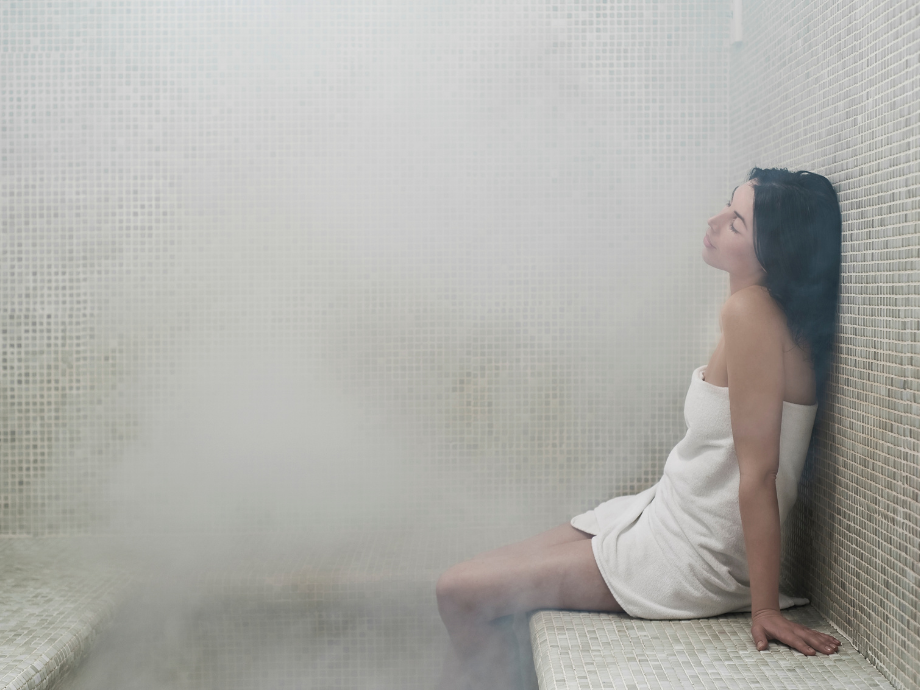
That said, one study5 found that nasal irrigation was the most effective method for recurring sinus symptoms. The same study found that steam inhalation reduced headaches from sinus pressure. Additionally, steam helped promote better breathing with loosened mucous membranes.
May Help Workout Recovery
What a luxury it is to go right from a workout to sauna bathing with the hopes of preventing sore muscles. Perhaps you’ve done this at a commercial gym or even have one of the best home saunas installed in your home gym.
Whether you use dry or moist heat, either method can help improve your recovery time. One study published by the Journal of Clinical Medicine Research6 found that both dry and moist heat are effective at combating delayed onset muscle soreness (DOMS) from exercise.
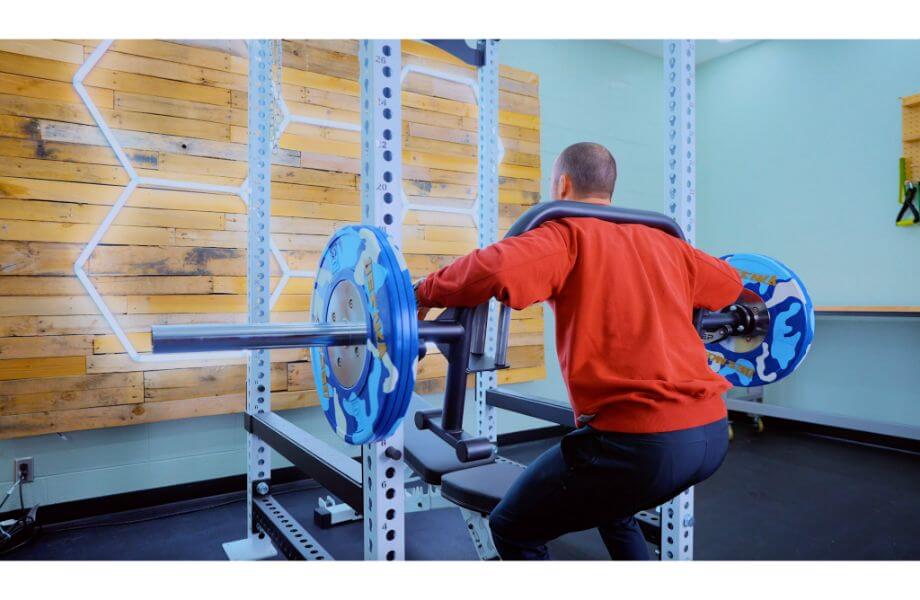
RELATED: Benefits of Sauna After Workouts
The study notes that moist heat penetrates deep tissue faster than dry heat, which means less exposure time to get results. In fact, the study had participants apply either dry heat for 8 hours or moist heat for 2 hours. Both methods helped reduce soreness and preserve muscle strength and activity.
Steam Room Benefits: Final Thoughts
While steam rooms don’t have as much research around overall well-being and improved health, if you enjoy the steam room and it works for you, why not use it?
That said, because of the potential water damage and mold issues that could arise from installing a steam room in your home, we feel safer suggesting dry heat for your at-home sauna use.
Steam Room Benefits: FAQs
Below we answer some of the most commonly asked questions on steam room benefits:
Is a steam room good for you?
There are several benefits to using a steam room, including potential cardiovascular function, improved blood flow, and reduced muscle soreness after workouts.
What is better: a sauna or steam room?
While neither a sauna nor a steam room is inherently better or worse, there is more research on dry heat and traditional Finnish saunas than there is on steam rooms.
Does the steam room burn fat?
While a steam room can be beneficial for increasing your heart rate and burning calories (much like exercise), when it comes to weight loss and fat burning, ultimately, that comes down to your nutrition and being in a caloric deficit.
Is a steam room good for the immune system?
It’s possible that the increase in heart rate and blood flow can help improve your immune system, but there is limited research to support moist heat therapies.
These statements have not been evaluated by the Food and Drug Administration. This product is not intended to diagnose, treat, cure, or prevent any diseases.
References
- Ripa R, George T, Sattar Y. Physiology, Cardiac Muscle. [Updated 2022 Jun 2]. In: StatPearls [Internet]. Treasure Island (FL): StatPearls Publishing; 2022 Jan-.
- M. Pandiaraja, A. Vanitha, K. Maheshkumar, V. Venugopal, S. Poonguzhali, L. Radhika, N. Manavalan. Effect of the steam bath on resting cardiovascular parameters in healthy volunteers. Advances in Integrative Medicine. Volume 8, Issue 3. 2021.
- Laukkanen T, Khan H, Zaccardi F, Laukkanen JA. Association Between Sauna Bathing and Fatal Cardiovascular and All-Cause Mortality Events. JAMA Intern Med. 2015;175(4):542–548. doi:10.1001/jamainternmed.2014.8187
- Jari A. Laukkanen, MD, PhD; Tanjaniina Laukkanen, MSc; and Setor K. Kunutsor, MD, PhD. Cardiovascular and Other Health Benefits of Sauna Bathing: A Review of the Evidence. Mayo Clinic Proceedings. August 2018.
- Lohman EB 3rd, Sackiriyas KS, Bains GS, et al. A comparison of whole body vibration and moist heat on lower extremity skin temperature and skin blood flow in healthy older individuals. Med Sci Monit. 2012;18(7):CR415-CR424. doi:10.12659/msm.883209
- Petrofsky J, Berk L, Bains G, et al. Moist heat or dry heat for delayed onset muscle soreness. J Clin Med Res. 2013;5(6):416-425. doi:10.4021/jocmr1521w
Further reading

Our Bowflex SelectTech 2080 review looks at the latest SelectTech product, and whether it belongs in your home gym. Read more

Looking for the best pre-workout for women? You’ve come to the right place; view our curated list here. Read more

Build stronger, more sculpted triceps with the overhead triceps extension. Learn the proper technique from a certified personal trainer. Read more

In this Sunny Health and Fitness SF-RW5801 Rowing Machine Review, I’ll tell you all the details you need to know about this budget-friendly rower to help you make a great purchasing decision. Read more

